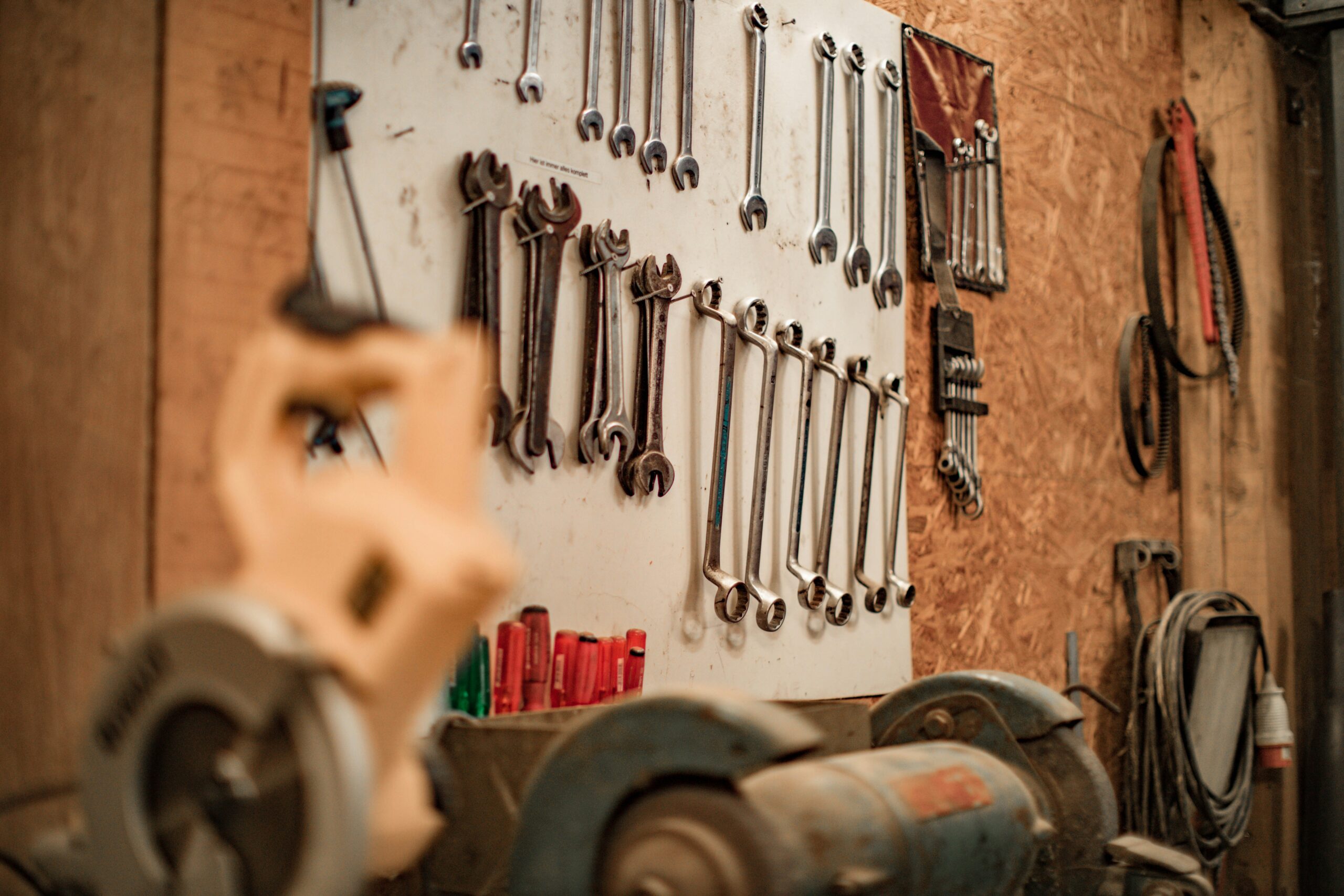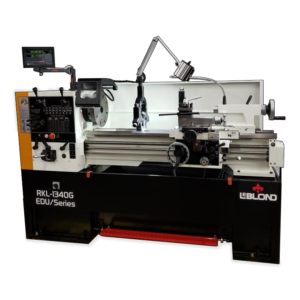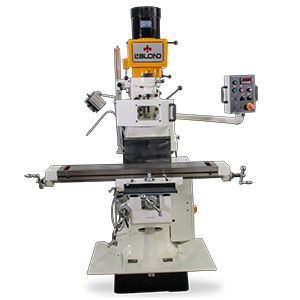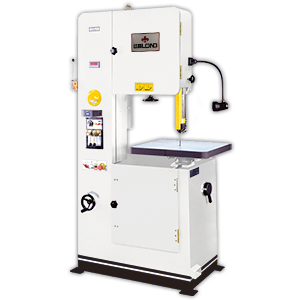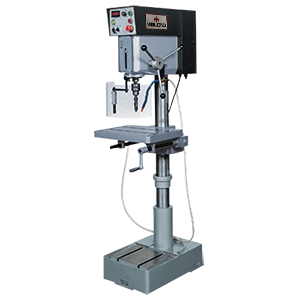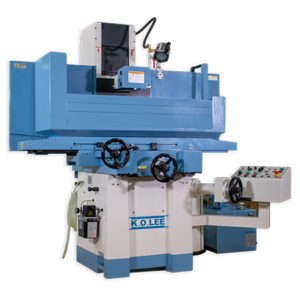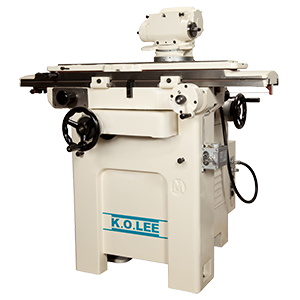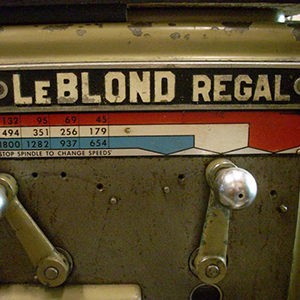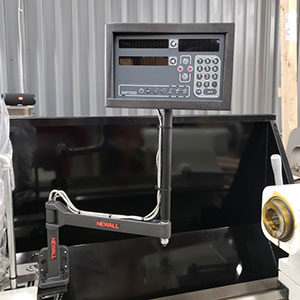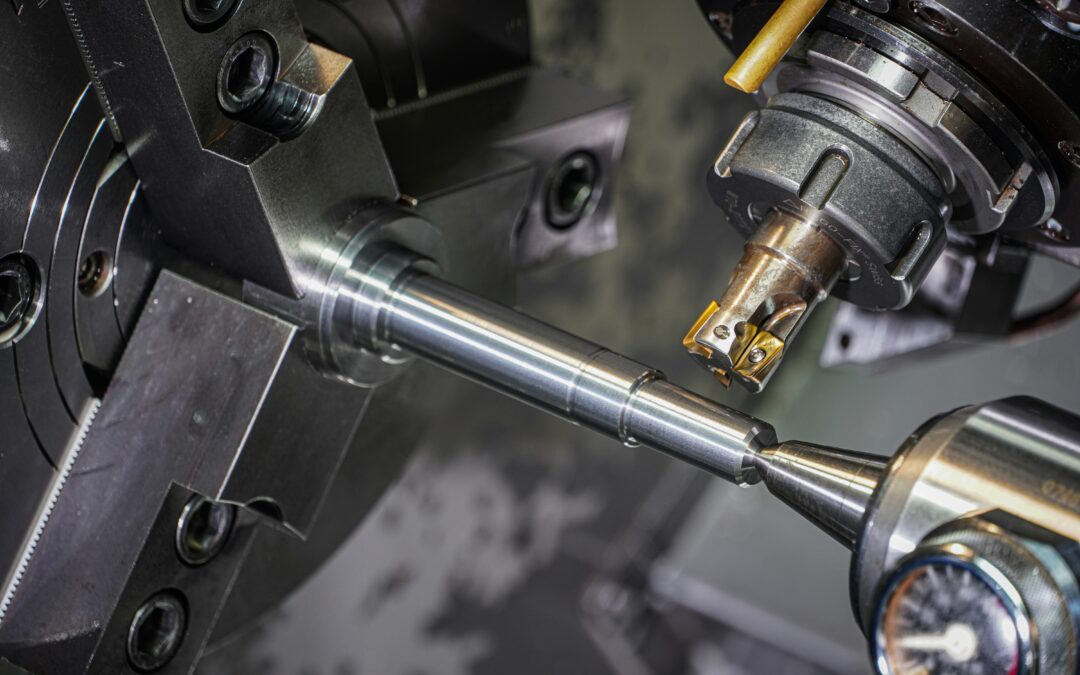Long Live Sharp Tooling
Are you on the cutting edge when it comes to sharp tooling?
Dull and damaged tooling can create scrap and downtime if not properly monitored and replaced. The costs of tooling replacements can eat into a machine shop or manufacturer’s margins. Extending the life of metalworking tooling is crucial to maintain efficiency and reduce costs in machining operations. Here are four essential tips to help prolong the lifespan of your metalworking tooling:
1. Proper Tool Selection and Application:
- Choose the Right Tool: Select tools that are appropriate for the specific material, operation, and cutting conditions. Using the wrong tool can lead to premature wear or damage. Know what tooling is needed for hard and soft metals. Swap out tooling as necessary.
- Optimize Cutting Parameters: Adjust cutting speeds, feeds, and depths of cut according to manufacturer recommendations and machining requirements. Avoid running tools at excessive speeds or feeds which can cause overheating and wear.
2. Regular Maintenance and Inspection:
- Scheduled Inspections: Implement a regular inspection schedule to check for wear, damage, or signs of deterioration. This proactive approach allows you to replace tools before they fail unexpectedly.
- Cleaning, Lubrication and Cutting Fluids: Clean tools after use to remove chips, debris, and coolant residue that can accelerate wear. Apply appropriate lubricants to reduce friction and heat buildup. Use appropriate cutting fluids or lubricants to cool and lubricate tools during machining. Proper coolant prevents overheating and extends tool life. Contact your lubricant rep for best practices.
3. Use Proper Machining Techniques:
- Avoid Excessive Tool Overhang: Minimize tool overhang to reduce vibration and deflection, which can lead to tool breakage or premature wear. As a general guideline, keep the tool overhang short while still allowing clearance for the tool to reach the machining area. This helps to minimize vibration, deflection, and the risk of tool breakage. A commonly cited tool diameter ratio recommendation is to keep the tool overhang to no more than 3 to 4 times the diameter of the cutting tool. For example, if you are using a 1/2-inch diameter end mill, the maximum overhang should ideally be around 1.5 to 2 inches.
- Implement Proper Fixturing: Secure workpieces properly to minimize chatter and vibration during machining, which can negatively impact tool life. Use necessary workholdings to lock parts in place while machining. Ensure tool holders and collets are clean, in good condition, and securely tightened to prevent tool runout and premature wear.
4. Implement Effective Tool Handling Practices:
- Handle with Care: Properly store and handle tools to avoid nicks, dents, or other damage that can affect cutting performance.
By following these tips, you can significantly extend the life of your metalworking tooling, improve machining efficiency, and reduce overall operating costs. Regular maintenance, proper handling, and using the right tools for the job are key to achieving optimal tool performance and longevity.
